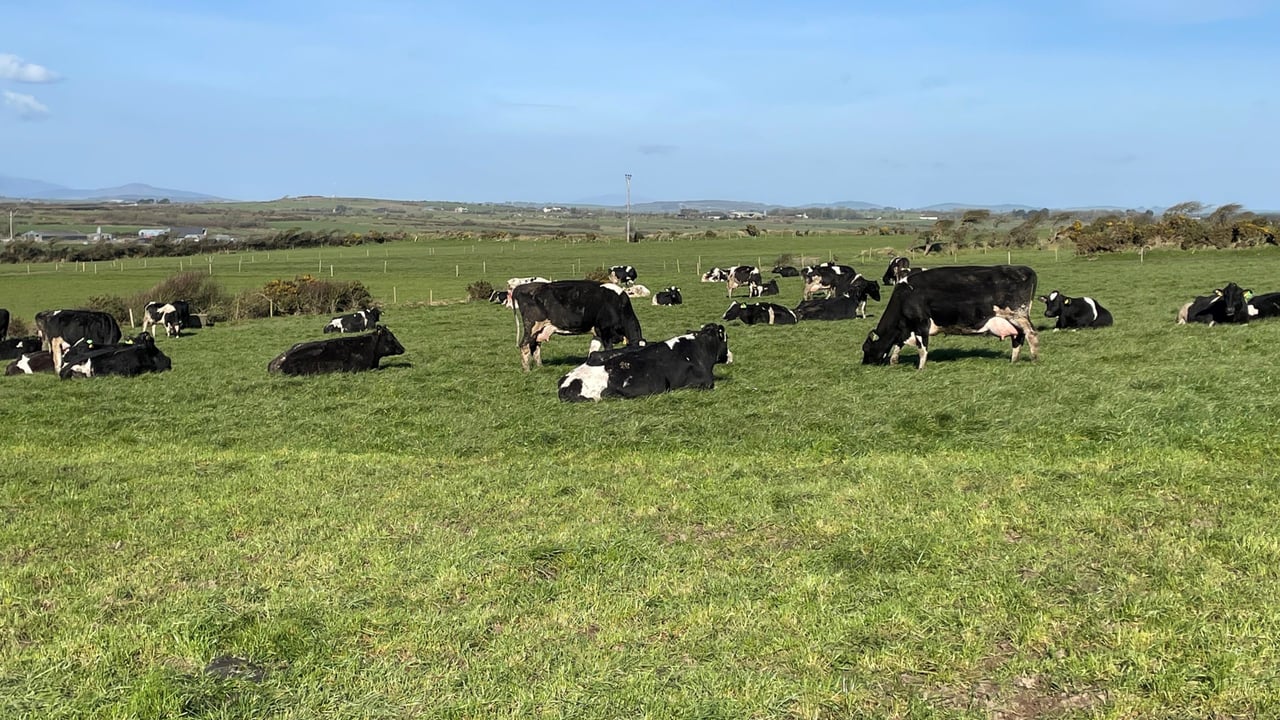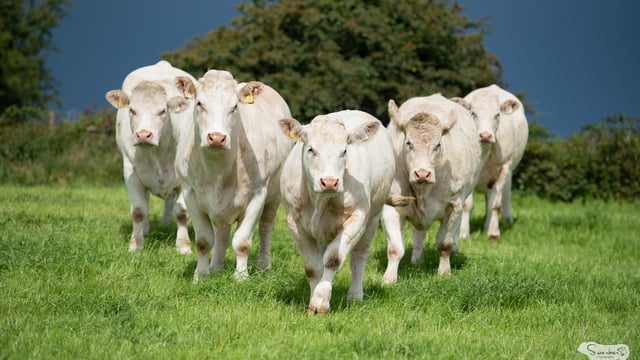Rainfall drives cows back to sheds - what next for grazing?
Land all over the country is saturated after heavy rainfall, causing most farmers to resort back to feeding more silage and keeping cows in sheds.
With the weather and land conditions the way they are, there is no point in letting cows out for a few hours as the grass will be poached into the ground.
Farmers should be taking every grazing opportunity as it comes, as waiting and hoping for March conditions to improve has proven to be foolish in recent years.
Attitudes towards grazing need to change, with more emphasis on grazing based on opportunities that present themselves, not on specific dates.
Although cows have been stuck inside for the past couple of days, that does not mean they need to stay inside for the next few days. All it may take is for a farmer to walk a couple of paddocks to find an area suitable for a few hours of grazing.
The weather forecast for the coming days does not look quite as bleak, with light rain expected for most parts of the country today (Wednesday, February 26), followed by a few days of dry weather until the weekend.
Even if showers break out, there may still be an area of the farm that is suited for two to three hours of grazing, if allocations are correct and a few measures are put in place to ensure little poaching.
Rainy in spring is inevitable, and if the land is saturated and inaccessible, then some sense has to come into play to keep the cows indoors.
I'm all for getting cows out at every opportunity, but if it means creating more work through poaching and by damaging paddocks, then I'd be of the opinion that this is quite counterproductive.
Instead of being unsure of what to do when the rainy day comes, farmers should try and have a plan in place to try and get the cows out for two to three hours:
Tips to be prepared for rainfall are as follows:
- Have a paddock with a cover of 900-1,200 kg DM/ha ready to go;
- Make sure the paddock is reasonably square with no sharp corners or points where cows can gather and damage;
- Avoid grazing a soft paddock or a paddock on a hill;
- Make sure there are multiple access points to the paddock to avoid too much travel through one gap;
- Implement spur-roadways if needs be to avoid poaching the whole field - a small sacrifice;
- Back fences are also a useful as they stop cows from travelling back over grazed ground and allows for the grazed ground to recover and start growing again;
- It is also crucial to have cows hungry going out by restricting them from silage from the morning milking until 10:00a.m.
Farmers need to have flexible attitude towards grazing at this time of the year as the weather is unpredictable and not every day is going to be a grazing day. However, the land needs to be walked every day to see where can be grazed next and where is easily accessed.
The energy content of grazed grass for leafy fresh spring grass is estimated to be about 1.0 -1.04 UFL (energy) / kg DM which means that grazing by day for a few hours can provide around 6.5 UFL if a cow is given an allocation of over 6kg/DM grass.
The effect of grass in the diet in spring, per Teagasc, is as follows:
| 68% DMD + 6kg meal | 68% DMD + 8kg meal | 74% DMD + 6kg meal | Grass by day | Grass fulltime | |
|---|---|---|---|---|---|
| Grass silage 68% DMD | 10.3 | 9.3 | 5.5 | ||
| Grass silage 74% DMD | 11.0 | ||||
| Grass | 6.5 | 13 | |||
| 14% concentrate | 4.4 | 3.5 | |||
| 18% concentrate | 5.2 | 7.0 | 5.2 | ||
| Total kg DMI | 15.5 | 16.3 | 16.2 | 16.4 | 16.5 |
| UFL/kg DM | 0.88 | 0.91 | 0.93 | 0.95 | 1.02 |
| Kg of milk supported by diet | 16 | 18.4 | 19 | 20 | 23 |
It takes a cow roughly 0.44 units of UFL to produce 1L of milk, and when the cow's dry matter intake (DMI) is limited at this time of year, grazed grass is the best answer to maximise the herd's DMI and avoid prolonged negative energy balance.
So, while it may be impossible to get the cows out until the land dries up after heavy rainfall, farmers should be actively looking for an area of the farm to graze next and get a plan in place that will allow for a few hours grazing with no poaching.





